George Henton, a freelance photojournalist based in Bangkok, recently wrote an article for Vice Magazine in which he shared his experience of a full moon party on the Thai island of Koh Phangan. He opens his story with an aftermath scene where the sun is rising over a beautiful beach littered with fluorescent debris, beer bottles, shattered glass, and thousands of plastic cups. He is a witness to the day after a famous full moon party.
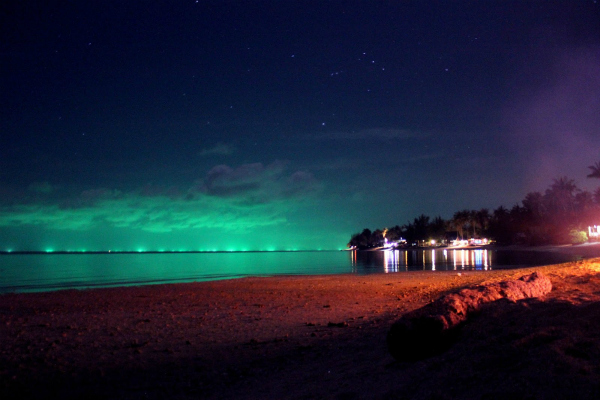
Koh Phangan is now notorious for its full moon parties at Haad Rin Beach and has been frequented (some might say ‘plagued’) by backpackers and gap year travellers since the first one kicked off the monthly tradition in 1985. Today, the event draws crowds of 5,000 – 30,000 every month, most of whom are Westerners.
The modern event is now a popular item on the bucket list of many travellers to Southeast Asia, despite any detrimental socio-cultural or environmental effects their choices might bring to the island. In his article, Henton writes, “Parties seem to be yet another hedonistic playpen for actuarial science students whose idea of a spiritual experience is getting a henna tattoo.”
He goes on to mention some notable deaths of party-goers, like the ‘accidental’ shooting of a 22-year-old British tourist, who was struck in his side by a stray bullet while he was merrily dancing away on the beach. The gun was homemade, and the assailant casually apologetic, saying, “I was aiming at someone else but the foreigner got in the way.”
That was on New Year’s Eve 2012, when tourism officials reported that the island had seen at least 80,000 visitors from abroad, which is tens of thousands more than the island ever saw a decade ago. A common sentiment from travellers to the region is that full moon parties were the highlight of their trip to Thailand, while Thais themselves are mostly conservative and modest – qualities which are adverse to the YOLO-themed parties and the reckless attitudes of their attendees.
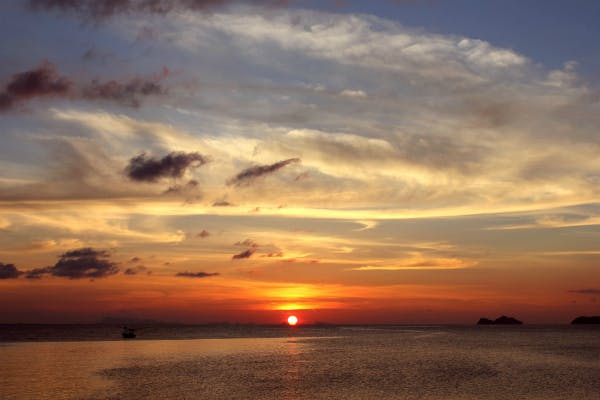
Drug-taking drunk people in minimal clothing cause Thais to view foreigners in a negative light, and given that what commonly happens at full moon parties is undeniably culturally unacceptable, it’s no wonder there is an underlying shared resentment from the locals. Imagine the nurses, who have to treat ill-mannered injured party-goers; the police, who have to deal with disorderly drunks; the bar staffs, who have to work 16 hour shifts only to clean up the trash and clear out the people before the new work night starts; and the Thais working on the island in any other capacity, whether it be fishing or serving customers at a bike rental shop, who have to be faced with the blatant self-absorption of daytime-drinking travellers in barely-there bikinis and shorter-than-short shorts. It’s no surprise foreigners infested with a decency-lacking disease find themselves in trouble, and authorities tend to sweep them under the sandy rug in a bid to rid themselves of the pests.
On the other hand, Koh Phangan’s spiralling social situation is no excuse for the violent crimes that occur more and more frequently during the high seasons. Shootings often spring up in bars and beaches, which is not shocking when you consider the rate of gun ownership in Thailand is the highest in all of Asia (the figures are believed to be around 15.6 guns per 100 people). Stabbings are common, especially when fistfights escalate, and when alcohol is involved. Rape and sexual assaults at island parties are now something that governments include in their travel warnings to citizens when visiting Thailand, with many of those victims leaving the islands without reporting, or perhaps even remembering, the crime.
And, to put the cherry on the top of the crime-riddled cake, countless allegations of corruption flood the internet’s forums from people who have visited Koh Phangan, where it is supposedly common knowledge that drunk driving and joint-toking goes unpunished. Except, of course, when a member of the Royal Thai Police decides to trick an unsuspecting cannabis-connoisseur by selling them a spliff and then promptly arresting them. Thailand is notorious for its war on drugs, and around 60% of its prisoners are locked up on drug-related offences, many of them low-level dealers and smugglers.
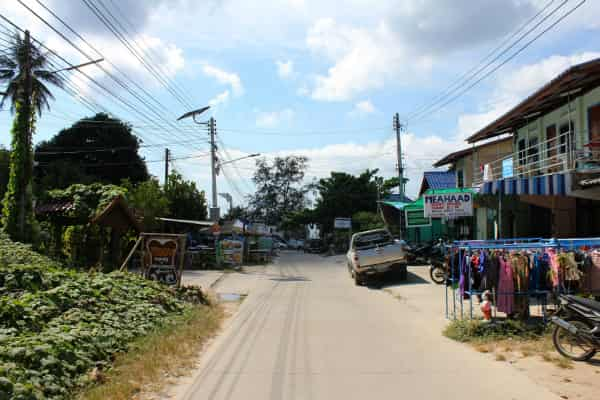
To further burn the name of Koh Phangan, in September last year, the Phuket Wan news site quoted Australia’s honorary consul on Phuket, Larry Cunningham, talking about criminals at full moon parties on Koh Phangan as “some of the worst criminals in Thailand… rapists, murderers and thieves, and some are corrupt police.” He recalls an incident of a distressed young woman walking into the Australian Embassy in Bangkok dressed in just a t-shirt and bikini. Sadly, she had been raped and robbed of all her belongings at a party and shoved onto a bus back to Bangkok.
Cunningham added that he felt many of the Australians visiting the islands think they can do as they please, including breaking laws. He goes on to say, “We have got to get the message across that people shouldn’t leave their brains behind when they come to Thailand.” This statement supports the views of Chiang Mai-based Alex, who is the co-owner of the Off The Path Travel website. In his article about Koh Phangan full moon parties, he lists three unavoidable reasons why travellers should skip the party altogether: it negatively affects the environment, it’s corrupt, and it’s dangerous.
Alex writes: “Haad Rin was a pristine beach. Now it’s one of the dirtiest beaches in Thailand.” The guys behind the Environmental Grafitti website agree, stating that Koh Phangan’s full moon parties alone produce around 12 tonnes of rubbish a day. They also mention that “Thailand lacks an infrastructure that is able to deal with waste disposal in any efficient, cyclical way” which is especially harmful for an island, where garbage has to be ferried to the mainland for disposal (or, hopefully, recycling).
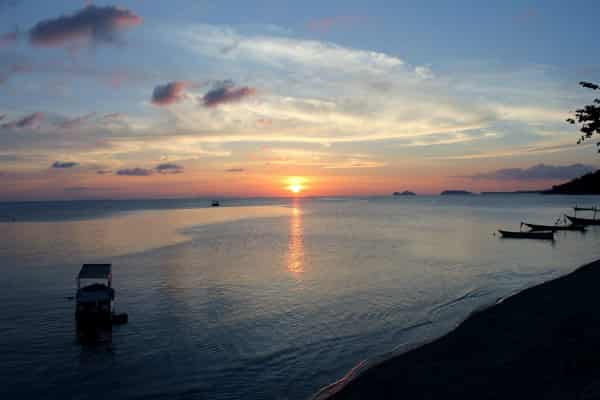
There is hope on the filthy horizon, though. The president of the Koh Phangan Hotels Association, Thanyah Phoolsawad, said it was clear that the island was growing without any direction. He said the damaged environment, lack of safety, skilled labour shortages, and favouring construction of new accommodation over beautiful, unspoiled nature were all crippling positive growth on the island, and that “we need to do something to create sustainable growth in the long term.”
An annual underwater clean-up day is held by The Sail Rock Divers Resort along with help from the Thai navy, government and local volunteers. Participants venture out to Koh Ma and Mae Haad in boats and swim below to where deteriorating dive sites are being suffocated by litter, overfishing, and bad snorkelling practices. They regularly hold clean-up days around the island and promote awareness of marine conservation. Their bar is one of the island’s many nightlife establishments that is catching onto the trend of recycling all their plastic and glass, which in turn attracts more responsible travellers.
The Tourism Authority of Thailand, along with the government, have been scrambling to change the public’s view of party island Koh Phangan by rebranding it as an eco-tourist island, full of eco-adventures and green-friendly accommodations, while plenty of dive schools promote sensitivity to nature, and aim to educate visitors to the fragile aquatic ecosystem which is so vital to the island.
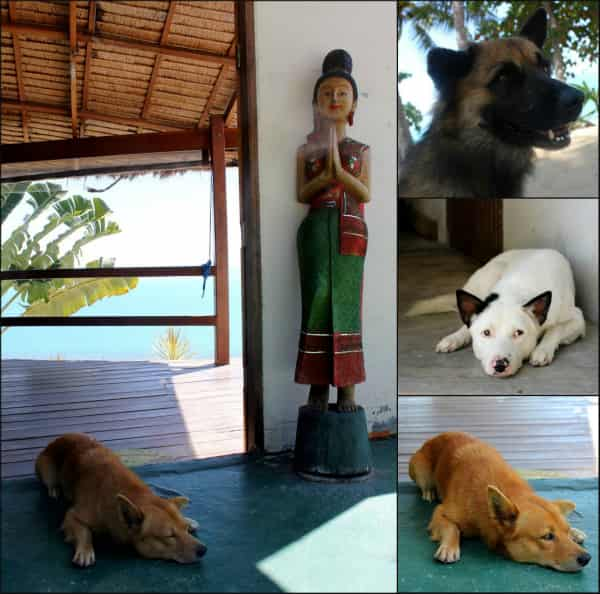
On a larger scale, the Siam Gulf Preservation Network Group, which is supported by Greenpeace, brought the islands of Koh Samui, Koh Phangan and Ko Tao together in 2010 to hold ‘Kill the Drill’, a protest which pressured the government into revoking oil exploration grants in nearby waters. They called for alternative energy production and low energy systems instead. At present, electricity is provided to the islands by underwater cables, which can only sustain them for the next decade or so.
Tourism and Sports Minister Somsak Pureesrisak says the island has its own development plan for the future, and wishes to promote more sports and music-related events. He also says he’s adamantly avoiding Koh Samui’s model of rapid-growth tourism, and instead wants to focus on recreating the popular party spot as a haven for health and wellness, for example, or historical tourism.
I’ll leave you with some thoughts about the famous full moon parties of Koh Phangan from Off The Path Travel’s Alex, who writes, “A lot of tourists make the excuse that they ‘just want to see it once’ so it’s not a big deal. The fact is that most travellers only see it once, which keeps all the negative things happening.” So, encouraging visitors to travel responsibly and feel the weight of their decisions in someone else’s country is one way to alleviate the wounds of this particular island, but another way is for us, the public, to not allow or accept the behaviour of tourists ‘merely looking for a good time’ at the expense of the environment, the locals, and the country.
Adrian is a South African writer and photographer.
You can find more of her work at her blog Market of Eden.
All photos from her blog post Tripping Down South: Koh Phangan and Ko Tao.
